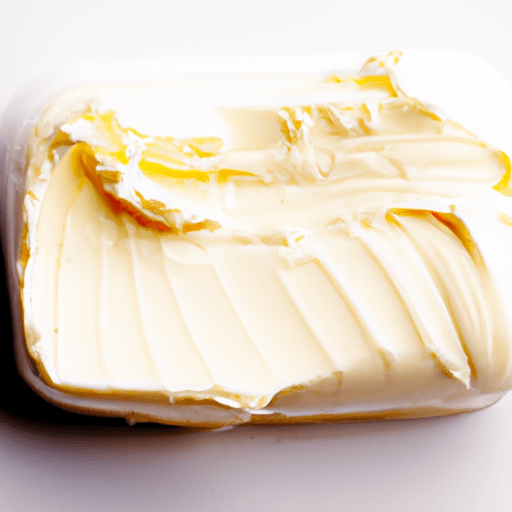Light Butter Substitute: A Delicious and Healthy Alternative
When it comes to cooking, using butter is a common practice that adds richness and flavor to dishes. However, for those who are health-conscious or looking to reduce their calorie intake, a light butter substitute can be a game-changer. In this blog post, we’ll dive into the world of light butter substitutes, exploring their taste, common uses, nutritional value, and interesting facts.
Taste
One of the most enticing aspects of light butter substitutes is that they retain a similar taste to regular butter. While the taste may not be exactly the same, it certainly comes close enough to satisfy your cravings. Light butter substitutes often have a slightly lighter and less creamy texture due to their reduced fat content. The taste can vary slightly between brands, so it’s worth experimenting to find the one that pleases your palate.
Common Uses in Cooking
Light butter substitutes are versatile ingredients that can be used in a variety of cooking applications. They can be used as a spread on bread, toast, or bagels, imparting a rich and creamy flavor. In baking, they work wonderfully as a healthier replacement for regular butter, ensuring that your cakes, cookies, and pastries turn out deliciously decadent while reducing the overall fat content. Light butter substitutes also shine when used for sautéing or pan-frying, giving your dishes a flavorful base without adding excessive calories.
Nutritional Value
The primary benefit of choosing a light butter substitute lies in its reduced fat and calorie content compared to regular butter. While the exact nutritional composition can vary between brands, most light butter substitutes contain fewer calories, less fat, and lower cholesterol levels. These substitutes are often made by combining vegetable oils and water, resulting in a lighter product without sacrificing taste. They may also contain additional vitamins or be enriched with omega-3 fatty acids, providing a boost of essential nutrients.
Interesting Facts and History
The concept of light butter substitutes emerged as a response to the growing concern over dietary fat and its impact on health. In the past, butter alternatives were primarily made from margarine, which contained trans fats that were later discovered to have adverse health effects. The development of light butter substitutes aims to provide a healthier option while retaining the beloved taste of butter.
It’s notable that light butter substitutes often carry a lower smoke point than regular butter, making them susceptible to burning at higher temperatures. This makes them more suitable for low to medium heat cooking methods. It’s recommended to keep an eye on the temperature when using light butter substitutes to avoid unwanted flavor changes or any potential burning.
Conclusion
Light butter substitutes are a fantastic go-to ingredient for those who want to enjoy the flavor of butter without the guilt. Whether you use them as a spread, in baking, or for cooking, these substitutes offer a delightful balance between taste and health. With their reduced fat and calorie content, light butter substitutes help you embrace a healthier lifestyle without compromising on flavor. So, next time you’re in the kitchen, give a light butter substitute a try and experience a delicious alternative to traditional butter.
Light Butter Substitute
Origin: Light butter substitute is a product that was developed as a lower-fat alternative to traditional butter. The exact origin of light butter substitute is unclear, but it gained popularity in response to the increased demand for healthier options in the food industry.
Common Uses: Light butter substitute can be used in a variety of ways, just like regular butter. It is often used as a spread on bread, toast, bagels, and other baked goods. It can also be used in cooking and baking recipes as a substitute for regular butter.
Nutritional Benefits: Light butter substitute is lower in fat and calories compared to regular butter. It is typically made with a blend of oils and water, which reduces the overall fat content. This can potentially be beneficial for individuals who are watching their fat intake or trying to manage their weight. However, it is important to note that light butter substitute still contains calories and should be consumed in moderation as part of a balanced diet.
Unique Properties: Light butter substitute has a lower water content compared to regular butter, which can affect its texture and flavor. It may feel less creamy and have a slightly different taste compared to traditional butter. Some light butter substitutes may also contain added ingredients such as emulsifiers or stabilizers to improve texture and shelf life.
Historical Significance: The development and popularity of light butter substitute reflect the ongoing trends and consumer demand for healthier food options. As people became more conscious of their dietary choices, food manufacturers began to create lower-fat alternatives to traditional ingredients, including butter. This shift in the market was a response to changing consumer preferences and a desire for healthier eating options.




Use the share button below if you liked it.
It makes me smile, when I see it.